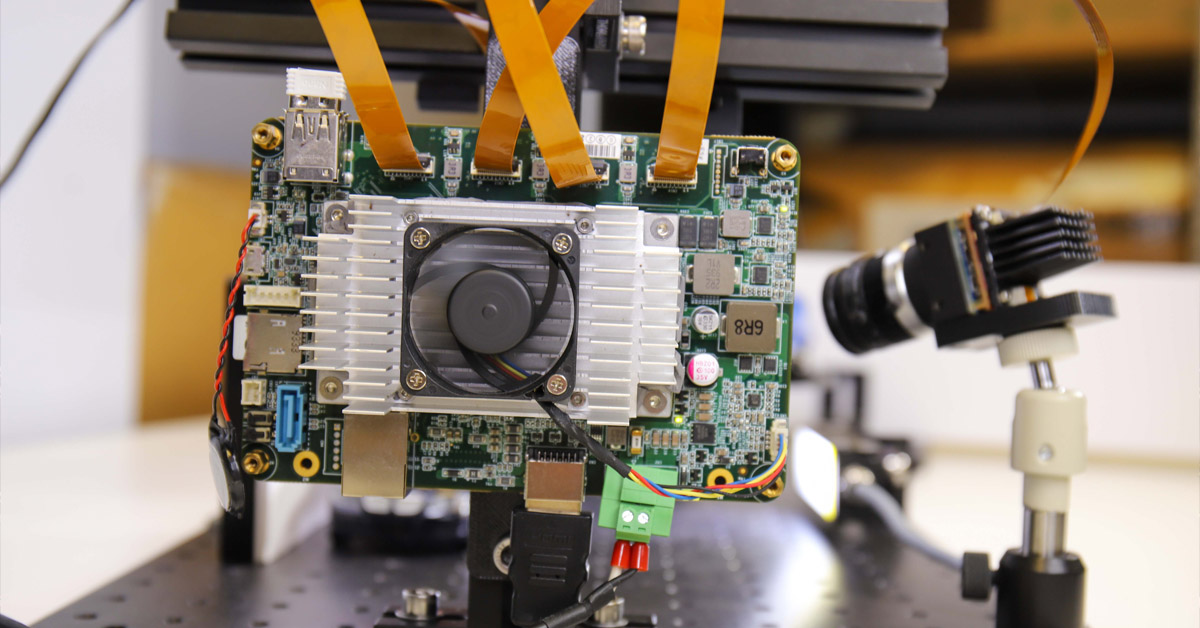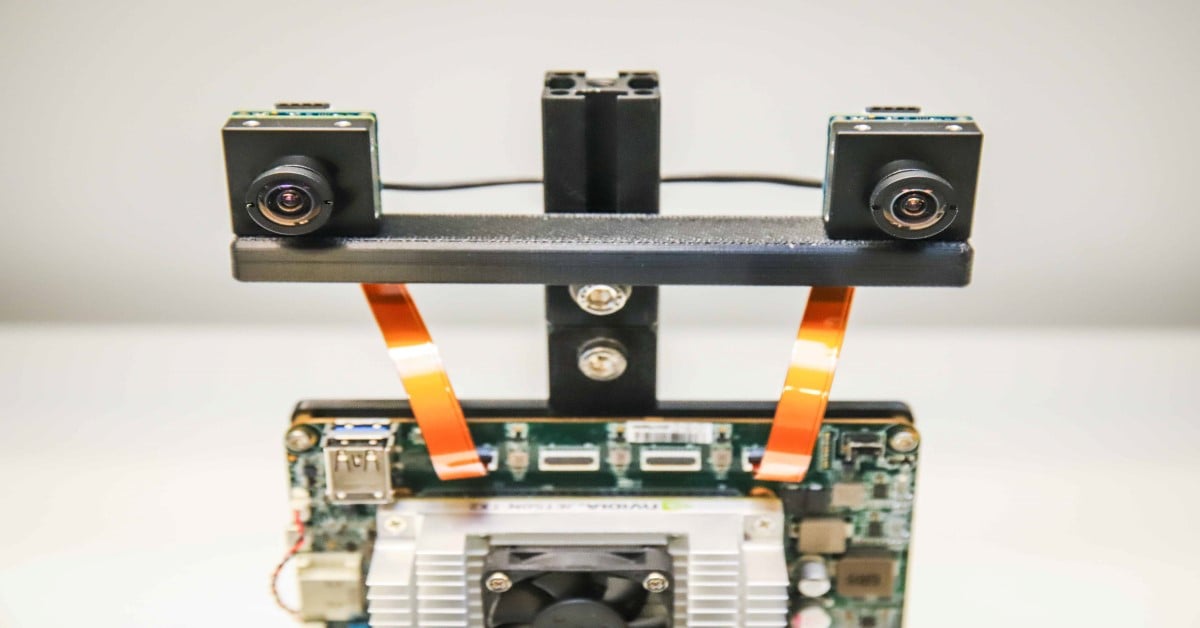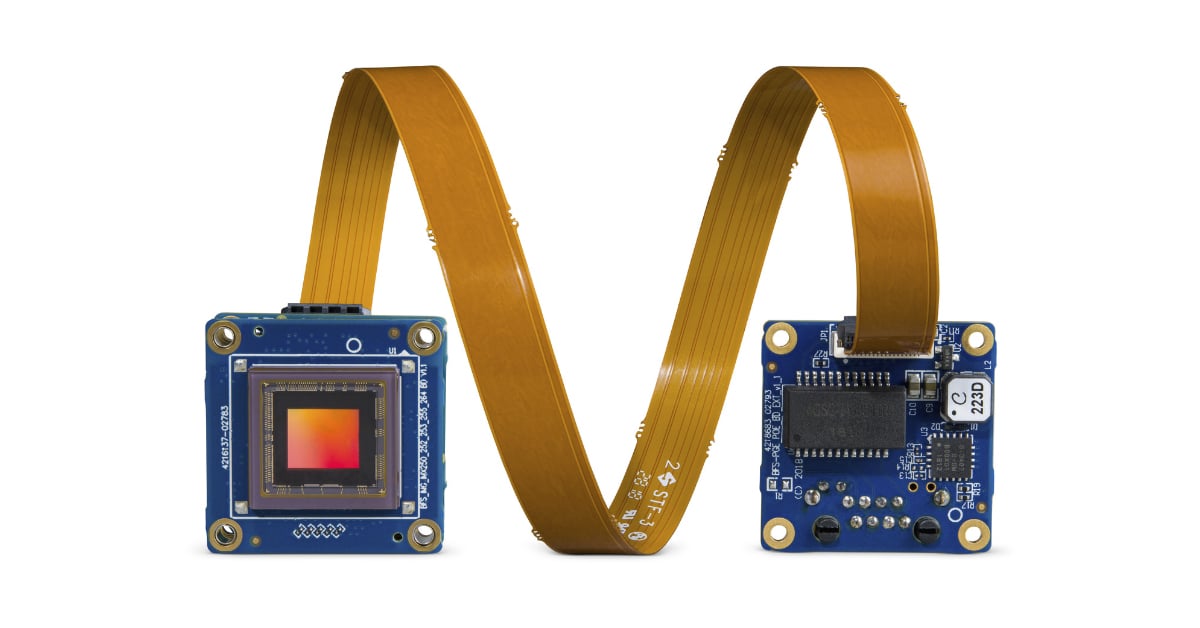Exmor R / STARVIS
High Sensitivity and Low Noise for Excellent Low-Light Imaging
- High Sensitivity
- Very Low Read Noise
- No Smear or Blooming Characteristics
- Global Reset to Reduce Rolling Shutter Distortion
The Sony Exmor R and STARVIS families of rolling shutter, global reset sensors provide excellent low-light imaging for visible and NIR light. For applications including microscopy, metrology, and laparoscopy, where a global shutter sensor is not required, the small pixels of Exmor R sensors enable high-resolution sensors in smaller optical formats. This leads to more compact systems and supports the use of less expensive optics.
What is Exmor R?
Back-illuminated pixel architecture for higher quantum efficiency
The hallmark of the Exmor R technology is a back-Illuminated pixel architecture that moves the readout circuitry from between each pixel’s microlens and photodiode to behind the photodiode layer. This gives the light entering each pixel a direct path to its light-sensitive photodiode. The result is higher quantum efficiency, since a greater percentage of photons entering each pixel are converted into charge.

By removing the wiring layer between the microlens and the photodiode, Exmor R sensors capture photons entering the pixels at oblique angles more efficiently than front-illuminated sensors. Exmor R sensors maintain their high sensitivity, even when used with lenses that have wide apertures. This is ideal for low-light conditions, when a wide aperture is desirable to collect as much light as possible.
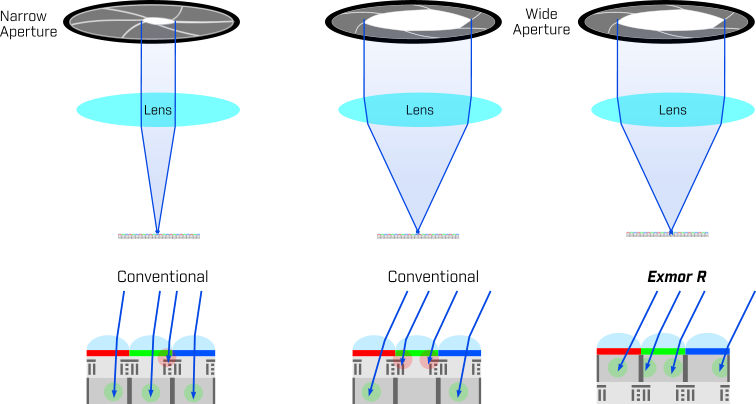
At appertures wider than f/2.0, back-illuminated Exmor R sensors are significantly more efficient at collecting light than conventional, front-illuninated sensors. Back-illuminated sensors’ high tolerance for more oblique incident light angles also reduces the vignetting effect that some lenses produce around the edges of the frame.
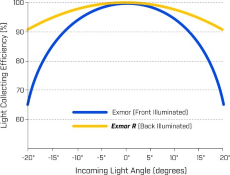
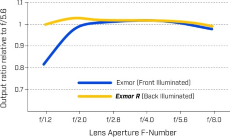
Achieving Low Noise
Sony Exmor R sensors deliver low-noise images by converting pixel charges into digital signals earlier in the readout process than other rolling shutter sensors. By reducing the length of the analog signal path, both random and fixed-pattern noise are reduced.
Exmor R devices achieve further image noise reduction by using correlated double sampling (CDS). This technique reads each pixel twice and removes unwanted noise before the analog-to-digital converter (ADC). CDS is also used after the ADC to verify the accuracy of its output.
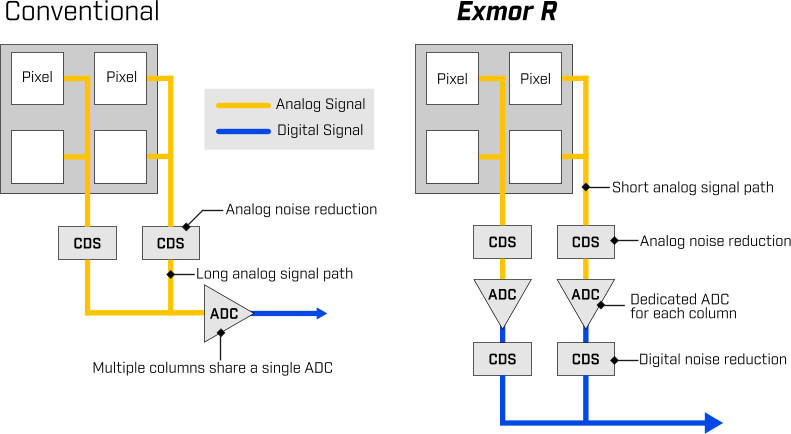
What is STARVIS?
STARVIS is a designation for sensors within the Exmor R family that achieve a sensitivity of 2000 mV or more per 1 µm^2 or greater. The exceptional sensitivity of these devices makes them ideal for security, surveillance, and other low-light applications.
Managing Rolling Shutter Effects
While Exmor R and STARVIS sensors perform very well in low-light conditions, their rolling shutter architecture means they are not as well suited to imaging moving targets as global shutter devices like Sony’s Pregius sensor family. Each row on a rolling shutter sensor collects light for the same amount of time. However, since the start and stop times for each row are staggered, moving objects will change their positions from row to row, resulting in rolling shutter distortion.

To help manage the effects of rolling shutter distortion, Exmor R sensors support a global reset mode, which works on all pixels simultaneously. With short exposure times, global reset mode will result in a change in brightness across the image, as the top of the image will have a shorter exposure time than the bottom. As the exposure time is increased, the difference in exposure across the image will be decreased and the global reset effect will appear less pronounced.
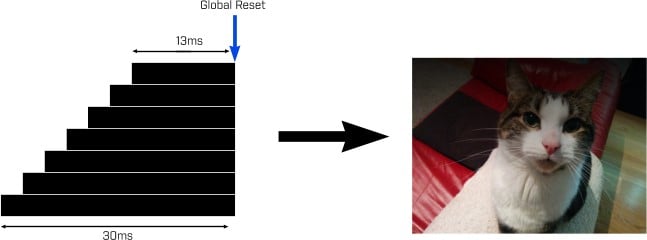
FLIR’s Spinnaker SDK provides an intuitive set of tools to control Exmor R and Starvis sensor readout modes and synchronizes strobe triggers to match.
New STARVIS Sensors
Sony has monochrome STARVIS sensors targeted at industrial camera applications.
| Sensor | IMX290 | IMX178* | IMX226* | IMX172* | IMX183* |
| Resolution | 2.1 | 6.4 | 12.4 | 12 | 20 |
| Frame Rate | 120 | 30 | 31 | 15 | 18 |
| Pixel Size (μm) | 2.9 | 2.4 | 1.85 | 1.55 | 2.4 |
| Optical Format | 1/2.8" | 1/1.8" | 1/1.7" | 1/2.3" | 1" |
| Sensor | STARVIS | STARVIS | STARVIS | STARVIS | Exmor R |
| Chroma | Mono/Colour | Mono/Colour | Mono/Colour | Mono | Mono/Colour |
*Current FLIR Teledyne products
Applications:
|
Security & Surveilance
|
Excellent low-light performance |
| Solar Panel Inspection |
NIR sensitivity for defect detection |
| Automated Optical Inspection |
High resolutions in small form factors lowers total system cost |
| Microscopy |
High resolution with high quantum efficiency |
